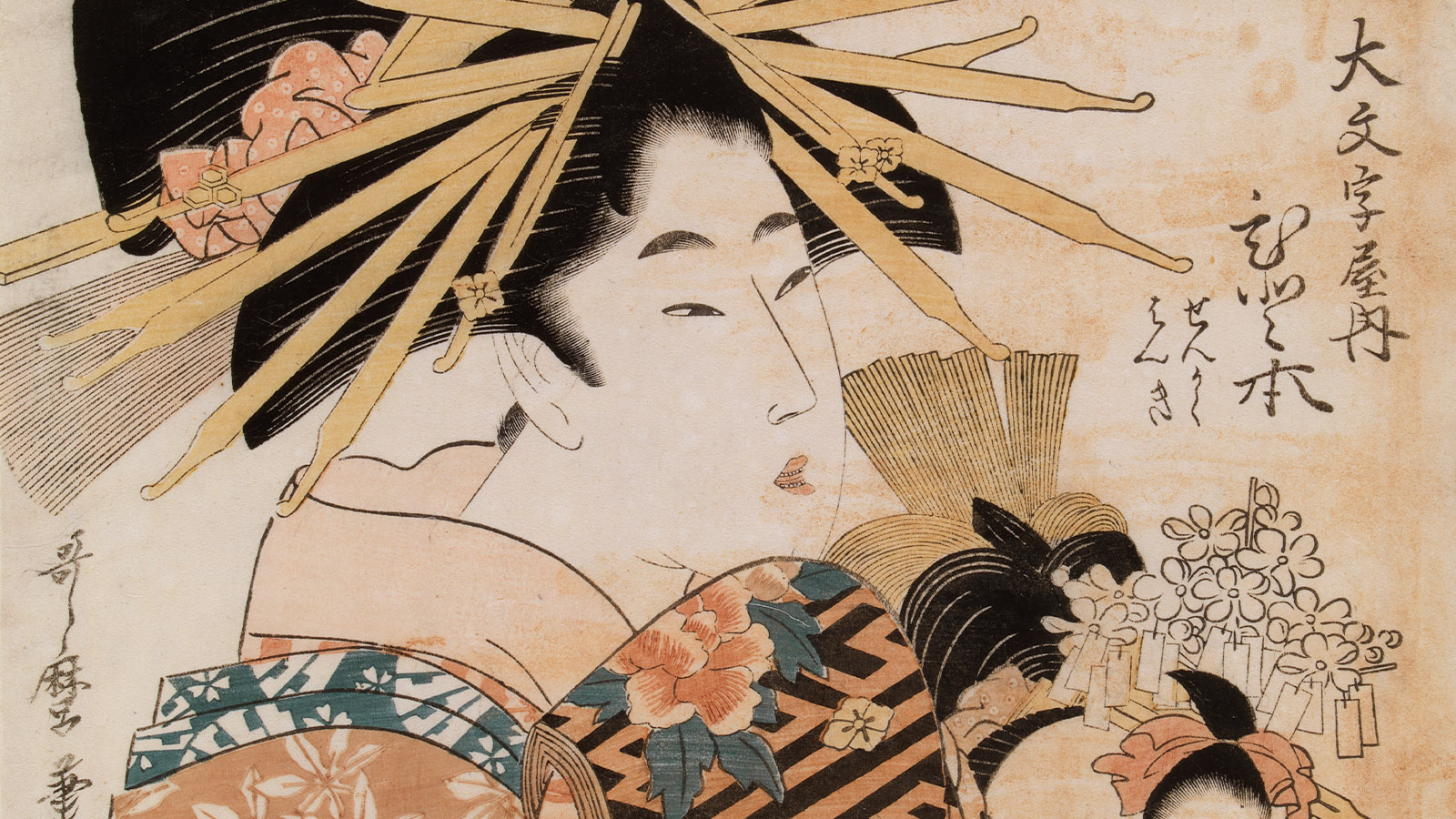
Ukiyo-e Meets Modernity How Traditional Prints Influence Contemporary Art
Ukiyo-e, a genre of traditional Japanese woodblock printing that flourished from the 17th to the 19th centuries, has left an indelible mark on the world of art. The term “Ukiyo-e” translates to “pictures of the floating world,” depicting scenes from everyday life, landscapes, and beautiful women. These exquisite prints capture the transient beauty of the world, intertwining nature and humanity in a way that resonates deeply with contemporary artists today. As we examine the influence of Ukiyo-e on modern art, it becomes clear that this historical art form continues to inspire new creative expressions and innovative artistry.
The Timeless Appeal of Ukiyo-e
One of the most compelling aspects of Ukiyo-e is its timelessness. The meticulous craftsmanship and attention to detail in these prints have fascinated artists and collectors for centuries. The works of masters such as Hokusai and Hiroshige not only illustrate cultural narratives but also showcase a stylistic flexibility that lends itself well to modern interpretations. Many contemporary artists draw from these traditional techniques, infusing their work with elements of Ukiyo-e while exploring current themes and issues, thus creating a dialogue between past and present. This crossover allows for a richer understanding of cultural heritage while also pushing the boundaries of contemporary visual expression.
Contemporary Artists Drawing Inspiration
Today's artists often find inspiration in the aesthetic and thematic elements of Ukiyo-e. For instance, modern graphic designers may adopt the bold colors and simplified forms characteristic of this traditional art form, using them in everything from print media to fashion. The art of collage has also seen a resurgence, where artists incorporate traditional Ukiyo-e prints into mixed media works, merging the historic and the contemporary into a seamless narrative. Additionally, street artists have revisited Ukiyo-e motifs, reinterpreting them in urban settings to make art accessible and relatable to a broader audience. This eclectic blend offers new perspectives while honoring the craftsmanship that came before.
The Role of Online Platforms like Ukiyo E shop
The rise of online platforms dedicated to Ukiyo-e, such as Ukiyo E Shop, has significantly contributed to the global appreciation of this art form. By making traditional prints more accessible, these platforms allow individuals to explore, purchase, and support artworks that are not only steeped in history but also share a connection with modern artistic trends. Ukiyo E Shop specifically aims to curate a selection of high-quality reproductions and originals that resonate with both art historians and contemporary collectors. As such, these platforms serve as vital conduits for the exchange of ideas between traditional artisans and modern creators, fostering a community that values heritage while embracing innovation.
A Future of Fusion
As we look to the future, the fusion of Ukiyo-e with contemporary art will likely continue to evolve, breaking new ground while maintaining respect for traditional methodologies. Artists across various mediums are poised to further explore the themes of transience, beauty, and community encapsulated in Ukiyo-e’s legacy, challenging societal norms and reflecting on contemporary life’s complexities. This ongoing dialogue reiterates the notion that art is not static; rather, it is a dynamic exchange that bridges time and culture. The impact of Ukiyo-e remains a testament to the enduring narrative of human experience—forever influencing the canvas of modernity.









